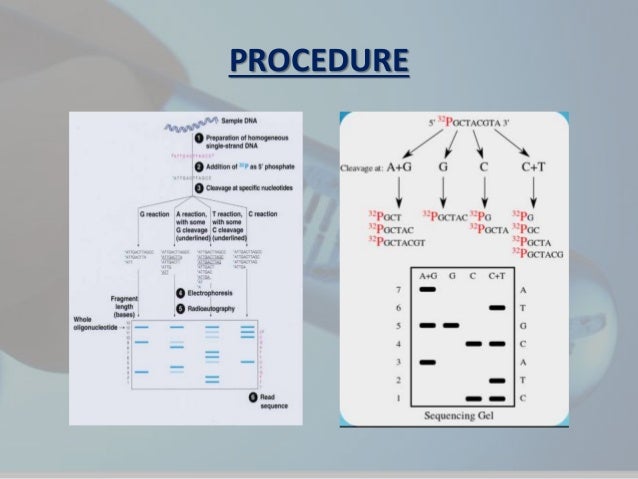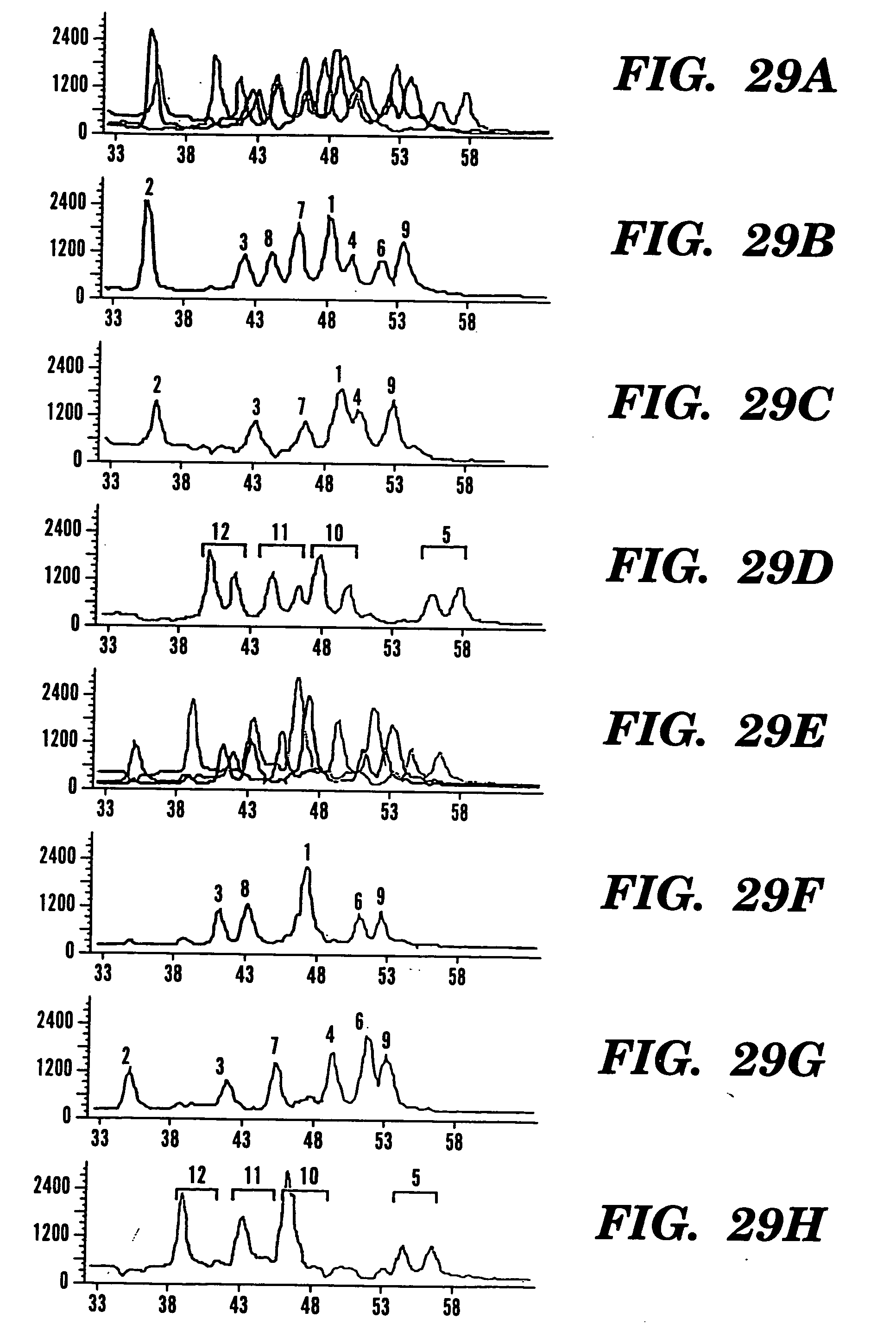
Semin Virol 6(6):401–414īalanant J et al (1991) The natural genome variability of poliovirus analyzed by a restriction fragment length polymorphism assay. Kew OM et al (1995) Molecular epidemiology of polioviruses. Kew BK et al (1984) Applications of oligonucleotide fingerprinting to the identification of viruses. Yang CF et al (1992) Genotype-specific in vitro amplification of sequences of the wild type 3 polioviruses from Mexico and Guatemala. Yang CF et al (1991) Detection and identification of vaccine-related polioviruses by the polymerase chain reaction. Intervirology 32(3):149–159ĭe L et al (1995) Identification of vaccine-related polioviruses by hybridization with specific RNA probes. J Clin Microbiol 33(10):2562–2566ĭa Silva EE et al (1991) Oligonucleotide probes for the specific detection of the wild poliovirus types 1 and 3 endemic to Brazil.

Van der Avoort HG et al (1995) Comparative study of five methods for intratypic differentiation of polioviruses. Organization WH (2008) Progress towards interrupting wild poliovirus transmission worldwide, January 2007-April 2008. Hull H et al (1994) Paralytic poliomyelitis: seasoned strategies, disappearing disease. These primers, along with nondegenerate serotype-specific Sabin primers, can also be used to sequence individual polioviruses in mixtures. This chapter also describes the use of generic poliovirus specific primers, along with degenerate and inosine-containing primers, for routine VP1 sequencing of poliovirus isolates. Additional assays distinguish between Sabin vaccine strains and non-Sabin strains. To accommodate the wide variability and rapid evolution of poliovirus genomes, degenerate codon positions on the template were matched to mixed-base or deoxyinosine residues on both the primers and the TaqMan™ probes. The high degree of nucleotide sequence diversity among polioviruses presents a challenge to the systematic design of nucleic acid-based reagents. In particular, a degenerate, inosine-containing, panpoliovirus (panPV) PCR primer set is used to distinguish polioviruses from NPEVs. This chapter describes the use of realtime PCR assays to identify and serotype polioviruses. Molecular methods have been used to detect polioviruses in tissue culture isolates derived from stool samples obtained through surveillance for acute flaccid paralysis. You can find data in Pfam in various ways.Virologic surveillance is essential to the success of the World Health Organization initiative to eradicate poliomyelitis. all UniProt and NCBI GI) or different levels of redundancy.
NUCLEOTIDE SEQUENCE ANALYSIS FULL
Pfam full alignments are available from searching a variety of databases, either to provide different accessions (e.g.

The data presented for each entry is based on the UniProt Reference Proteomes but information on individual UniProtKB sequences can still be found by entering the protein accession. A clan is a collection of Pfam entries which are related by similarity of sequence, structure or profile-HMM. Pfam also generates higher-level groupings of related entries, known as clans. The identification of domains that occur within proteins can therefore provide insights into their function.

Different combinations of domains give rise to the diverse range of proteins found in nature. Proteins are generally composed of one or more functional regions, commonly termed domains. The Pfam database is a large collection of protein families, each represented by multiple sequence alignments and hidden Markov models (HMMs).


 0 kommentar(er)
0 kommentar(er)
